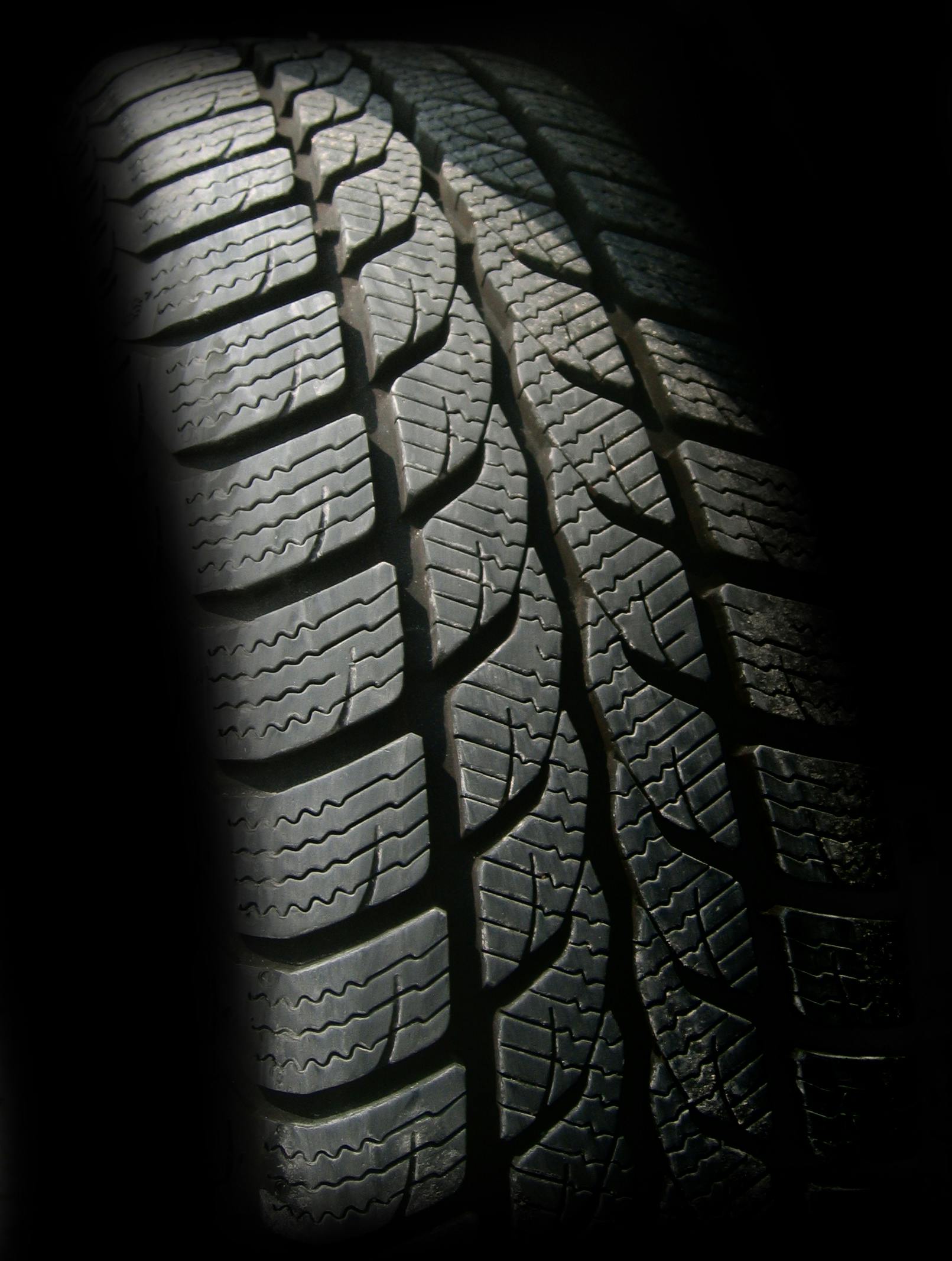Laser-Etched Tires: Revolutionizing Grip and Durability
The world of automotive innovation never sleeps, and a groundbreaking development in tire technology is set to transform the way we think about road grip and tire longevity. Imagine a tire that adapts to road conditions in real-time, optimizing traction and wear through microscopic laser-etched patterns. This isn't science fiction—it's the cutting edge of tire engineering, and it's poised to reshape the driving experience for millions of motorists worldwide.

Engineers at leading tire manufacturers recognized the potential of laser etching to create intricate, variable patterns on tire surfaces. This technology allows for the creation of micro-textures and adaptive tread designs that were previously impossible to achieve through conventional methods. The result is a tire that can be customized down to the millimeter, with tread patterns that evolve based on wear and driving conditions.
How Laser-Etched Tires Work
At its core, laser-etched tire technology involves using high-precision lasers to create microscopic patterns on the tire surface. These patterns can be designed to channel water, improve grip on specific surfaces, or even change shape as the tire wears down. The laser etching process allows for unprecedented control over the tire’s surface characteristics, enabling engineers to optimize performance across a wide range of conditions.
The magic lies in the ability to create variable depth and density patterns across the tire surface. For example, the center of the tire might feature deeper etching to improve water dispersion, while the edges could have a finer pattern to enhance cornering grip. As the tire wears, new layers of etching are revealed, maintaining performance throughout the tire’s lifespan.
Advantages Over Traditional Tire Manufacturing
Laser-etched tires offer several significant advantages over conventionally manufactured tires. Firstly, the precision of laser etching allows for more complex and effective tread patterns. This translates to improved handling, better water dispersion, and reduced road noise. The ability to create micro-textures also enhances grip on both wet and dry surfaces, potentially improving safety in various driving conditions.
Another key advantage is the adaptability of laser-etched tires. By programming different patterns for various stages of wear, manufacturers can ensure that tires maintain optimal performance throughout their lifespan. This could lead to longer-lasting tires, reducing waste and cost for consumers.
Moreover, laser etching enables rapid prototyping and customization. Tire manufacturers can quickly test new tread designs without the need for expensive mold changes, accelerating the development of new tire models. This technology also opens up the possibility of custom-designed tires tailored to specific vehicles or driving conditions.
Environmental and Performance Implications
The environmental impact of laser-etched tires could be substantial. By improving tire longevity and performance, this technology has the potential to reduce the number of tires produced and discarded annually. Additionally, optimized tread patterns can contribute to better fuel efficiency by reducing rolling resistance, further decreasing the environmental footprint of vehicles.
From a performance standpoint, laser-etched tires offer exciting possibilities for both everyday drivers and motorsports enthusiasts. The ability to fine-tune tire characteristics could lead to significant improvements in lap times on the track, while also enhancing safety and control for regular road users. Imagine tires that automatically adjust their surface texture based on whether you’re driving on a sun-baked highway or a rain-soaked city street.
Challenges and Future Developments
While laser-etched tire technology shows immense promise, it’s not without its challenges. The cost of implementing laser etching systems in tire manufacturing facilities is significant, which could initially lead to higher prices for consumers. There are also durability concerns, as the effectiveness of the etched patterns over extended use needs to be thoroughly tested and validated.
Looking to the future, researchers are exploring the integration of smart materials into laser-etched tires. These could allow for dynamic tread pattern changes in response to road conditions, further enhancing adaptability and performance. There’s also potential for incorporating sensors into the tire structure, enabling real-time monitoring of tire condition and performance.
As laser-etched tire technology continues to evolve, it promises to redefine our expectations of tire performance, durability, and safety. This innovative approach to tire manufacturing represents a significant leap forward in automotive engineering, offering a glimpse into a future where our vehicles are more responsive, efficient, and in tune with the roads they travel.





